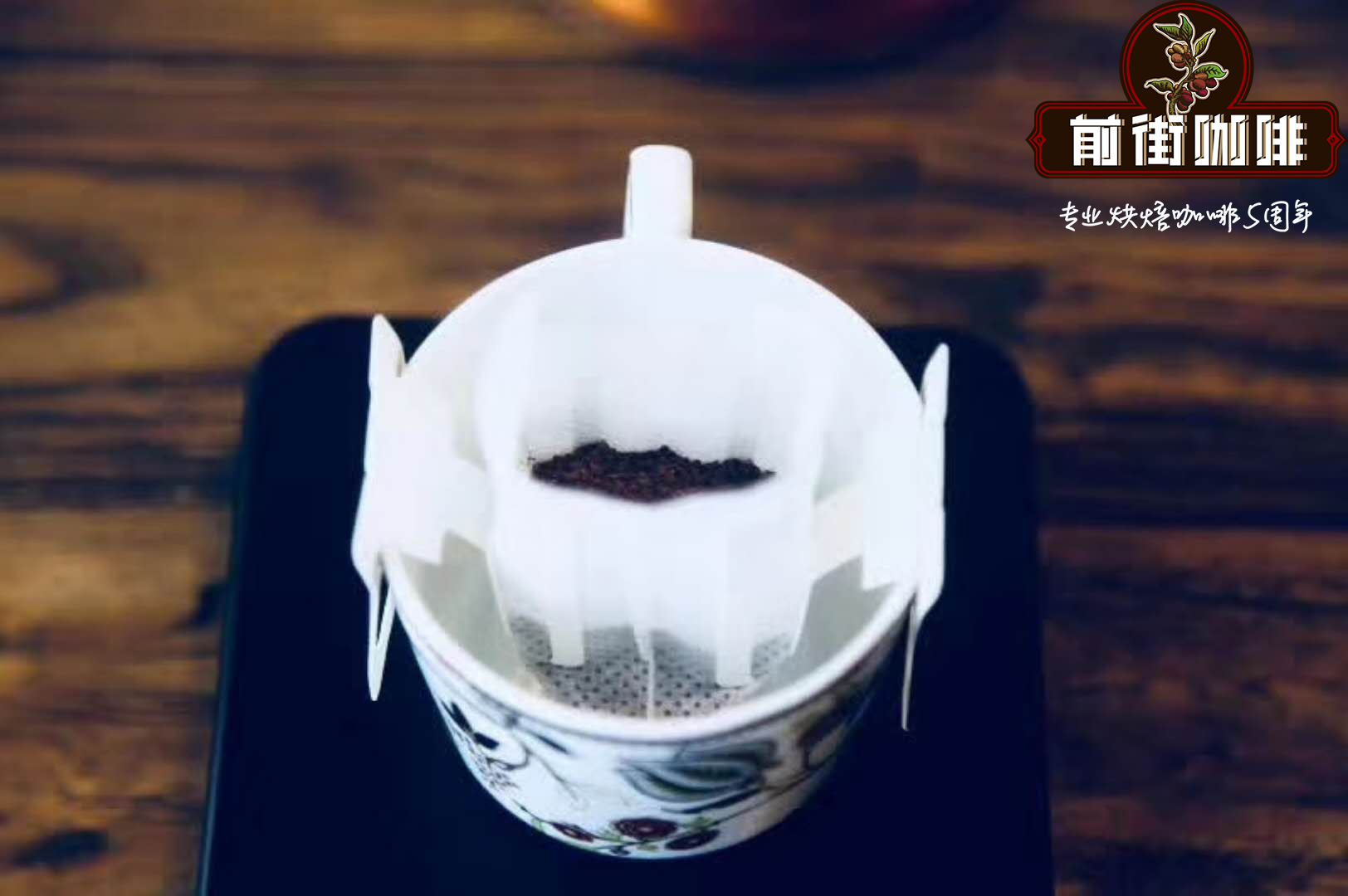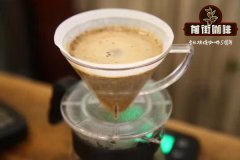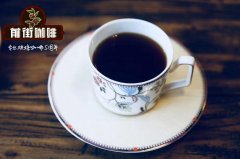How does instant coffee taste good? Can instant coffee lose weight? What about Robusta beans?

Professional coffee knowledge exchange more coffee bean information please follow the coffee workshop (Wechat official account cafe_style)
Coffee Robusta, which accounts for about 2030% of the world's total output, is cultivated in lowlands and is resistant to high temperature compared to Arabica. Resistant to drought. It's rainy. Insect pests, extremely adaptable, is the harvest of the three original species of coffee is more, and lack of sour taste. It tastes bitter. The lack of aroma is also a major regret for Robusta, which is mainly produced in African countries such as Ivory Coast, Angola, Madagascar, the Philippines, Vietnam and Indonesia (Java).
Robusta grows coffee trees that are resistant to high temperature, cold, moisture, drought and even mold. Its adaptability is extremely strong, it can grow very well on flat land, and harvesting does not necessarily need manual work, but can be carried out completely by vibrating machines. In terms of planting, Robusta has many advantages in growing coffee trees, but it is a pity that the coffee beans produced are poor in aroma, strong in bitterness, insufficient in acidity, and the caffeine content is double that of Elaraby, so Robusta coffee is mostly used for blending or instant coffee and beverage processing.
There are two kinds of robusta coffee which are more commonly used in general blending, mainly (A.P. Robusta) and (W.I.B. Robusta). The biggest difference lies in the post-processing after harvest, so there are some differences in appearance, aroma and taste.
The caffeine content of robuka beans is 2.2%, which is higher than that of Arabica beans. The content of chlorogenic acid is also higher, and it is also less affected by diseases and insect pests. Chlorogenic acid is affected by the degree of baking and has varying degrees of bitterness and astringency. It can also be easily found on the Internet that chlorogenic acid basically has some effects on our health, such as it oxidizes antioxidants and helps burn fat.
Although Robusta is one of the three major varieties of coffee, his chromosome number is different from that of Arabica, so his characteristics are quite different: the same number of coffee beans contain twice as much caffeine as Arabica. It can adapt to the lower altitude and difficult growth environment, and the survival rate is higher than Arabica, so Robusta has always produced the most of the three varieties. And the main flavor is very similar to wheat tea, and the sweetness is low.
The Italians were the first countries to use Robusta. They used this coffee as one of the beans in the formula of espresso (espresso) to increase the thickness of coffee's crema (coffee fat) and alcohol. Because Robusta is cheaper, the more you go south, you will find that the more it will be added. Apart from Italy, Vietnam and Malaysia are the most used countries, while in Taiwan, they are mostly used as commercial coffee.
In recent years, many high-quality Robusta have appeared on the market, and we can vaguely see that someone is improving this variety as well as the way it is made. Although there is not yet a set of rules to rate Robusta, his boutique is a rise that cannot be ignored.
Important Notice :
前街咖啡 FrontStreet Coffee has moved to new addredd:
FrontStreet Coffee Address: 315,Donghua East Road,GuangZhou
Tel:020 38364473
- Prev

How to drink coffee after grinding? Hainan Xinglong Coffee Bean Have you heard of it?
Professional coffee knowledge exchange More coffee bean information Please pay attention to coffee workshop (Weixin Official Accounts cafe_style) Some coffee experts point out that the best coffee in the world is produced between north latitude 15 and Tropic of Cancer. The best coffee is produced not in Colombia, Turkey or Indonesia, but in northern Hainan and southern Yunnan in China. The coffee here is strong but not bitter, fragrant but not strong
- Next

How can I make coffee without a coffee maker? How do you drink the coffee powder? Would you like your coffee with sugar or milk
Professional coffee knowledge exchange more information about coffee beans Please follow the coffee workshop (official Wechat account cafe_style) during the transformation from a crop to a cup of coffee, the most critical moment is the brewing process. All previous efforts, all the potential in coffee beans and delicious factors can be destroyed by the wrong way of cooking. Unfortunately, to spoil a cup of coffee, really.
Related
- Beginners will see the "Coffee pull flower" guide!
- What is the difference between ice blog purified milk and ordinary milk coffee?
- Why is the Philippines the largest producer of crops in Liberia?
- For coffee extraction, should the fine powder be retained?
- How does extracted espresso fill pressed powder? How much strength does it take to press the powder?
- How to make jasmine cold extract coffee? Is the jasmine + latte good?
- Will this little toy really make the coffee taste better? How does Lily Drip affect coffee extraction?
- Will the action of slapping the filter cup also affect coffee extraction?
- What's the difference between powder-to-water ratio and powder-to-liquid ratio?
- What is the Ethiopian local species? What does it have to do with Heirloom native species?

